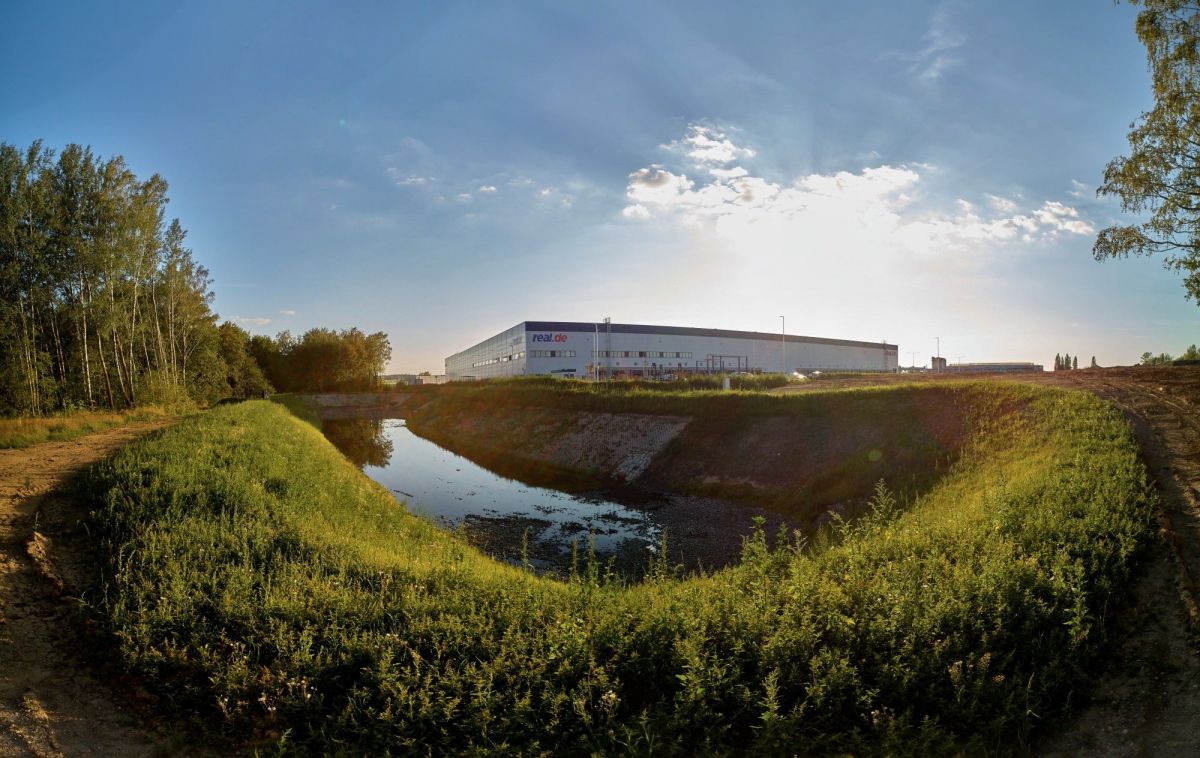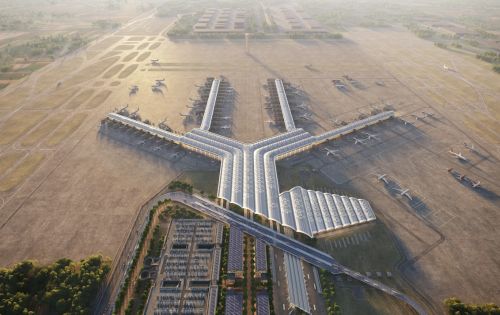Panattoni, which is responsible for around half of the Polish warehouse volume added to the market each year (in 2019, the company completed around 1.5 mln sqm out of the market total of 2.72 mln sqm), has since the beginning of 2020 been ensuring that all of its new developments are BREEAM certified at the ‘Very Good’ level. As a result, at least 50 pct of the warehousing space currently under development in Poland will comply with this standard. “We provide it both to those tenants who have embraced sustainability in their corporate policy as well as those who haven’t gone that far. Therefore all of Panattoni’s warehouses will feature this as standard – and for no extra charge,” says Emilia Dębowska, the senior marketing and sustainability manager at Panattoni.
Meeting clients’ expectations
There are basically two reasons why tenants choose sustainable warehouses: the financial savings these buildings offer when it comes to energy an































































